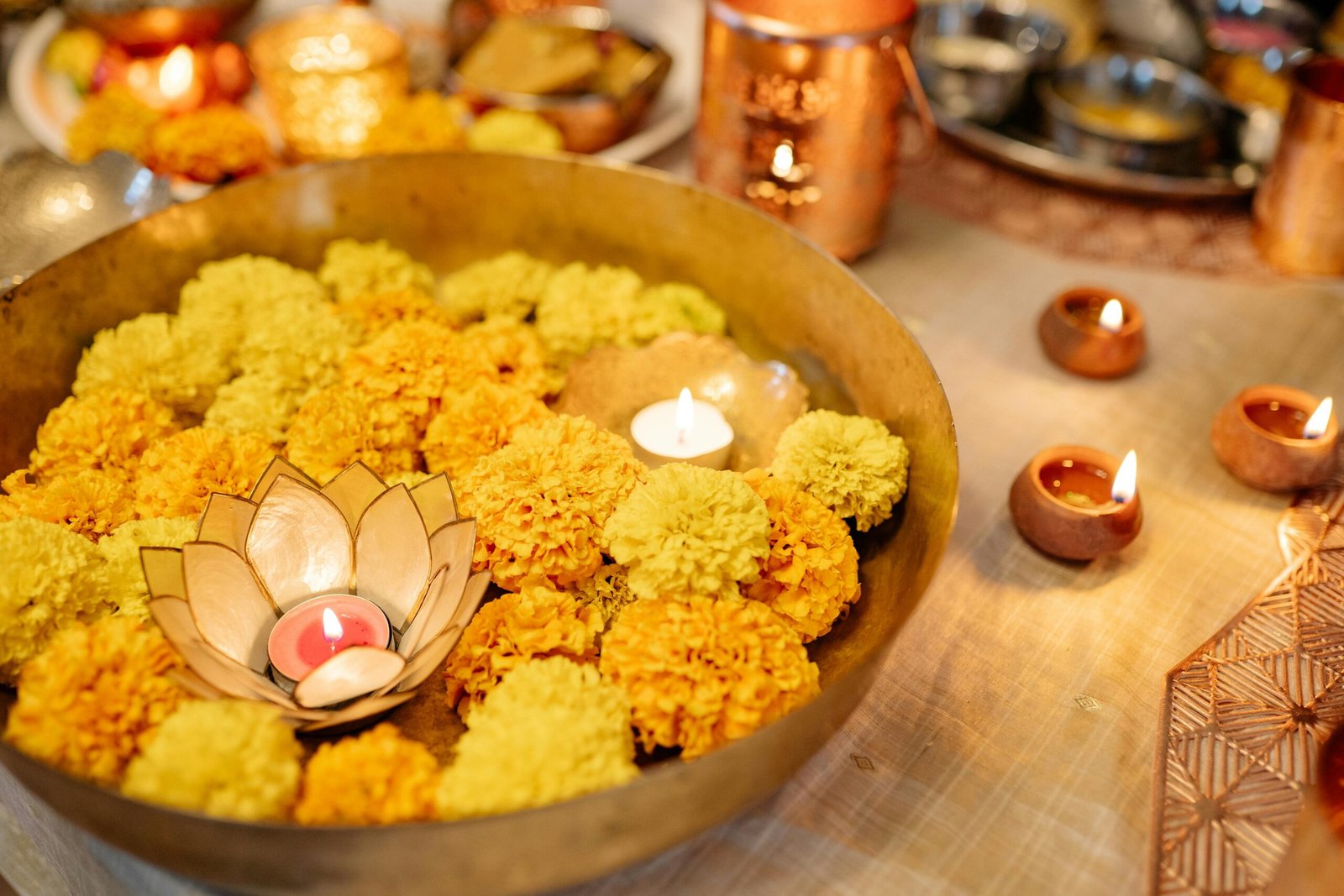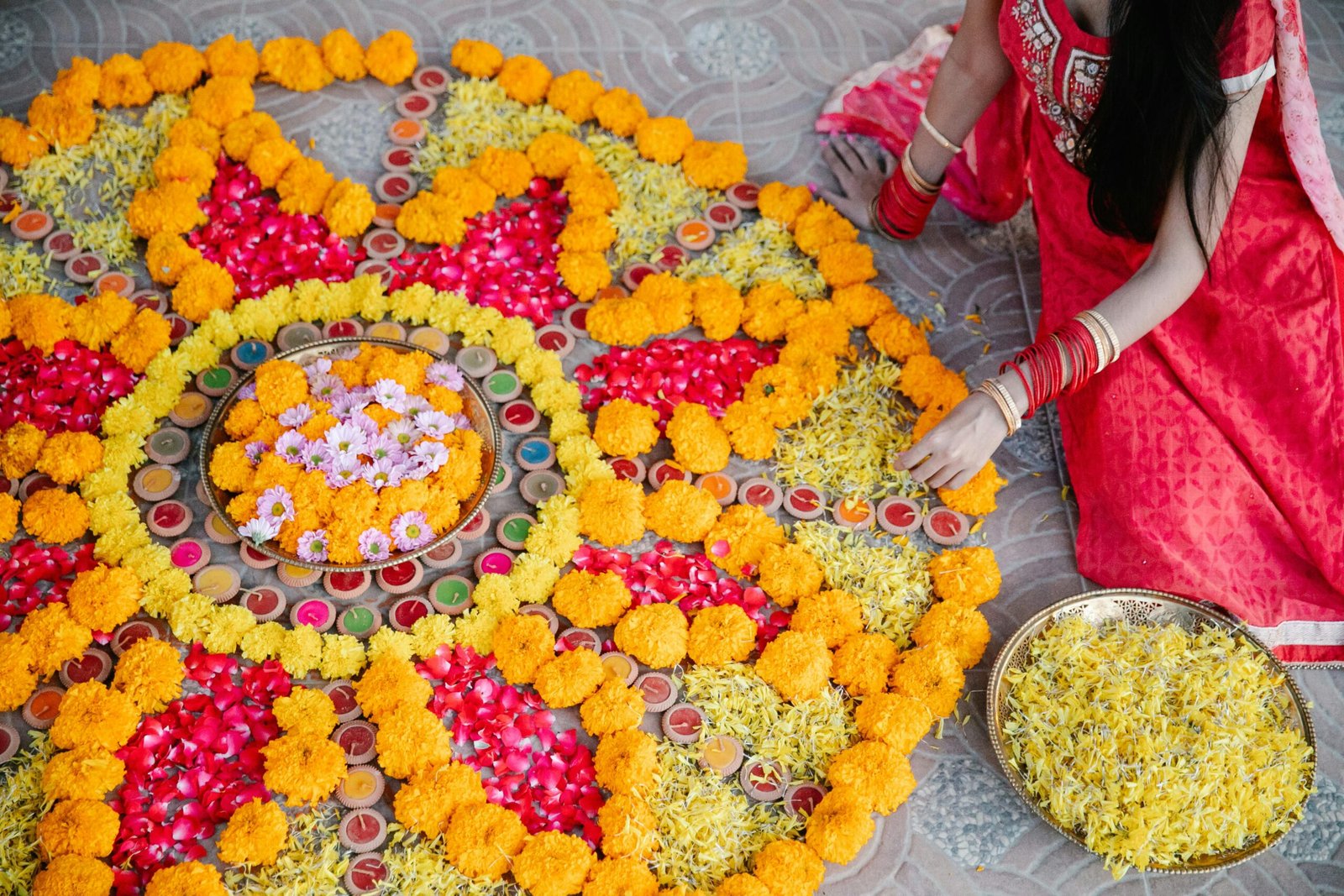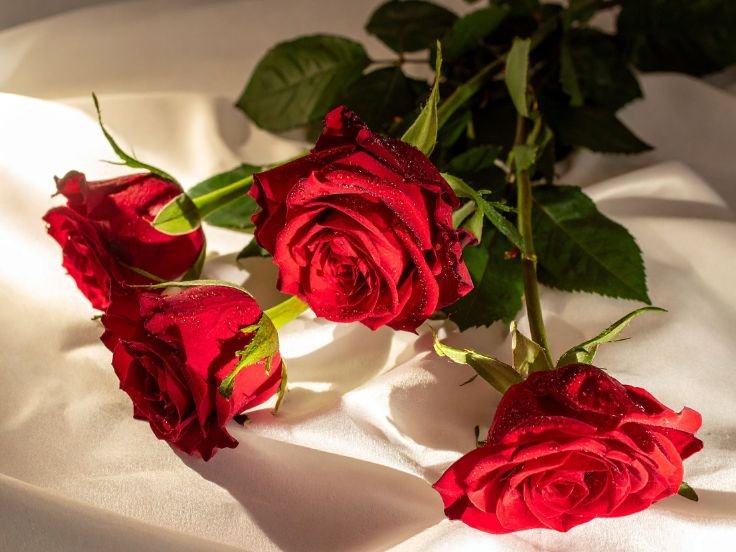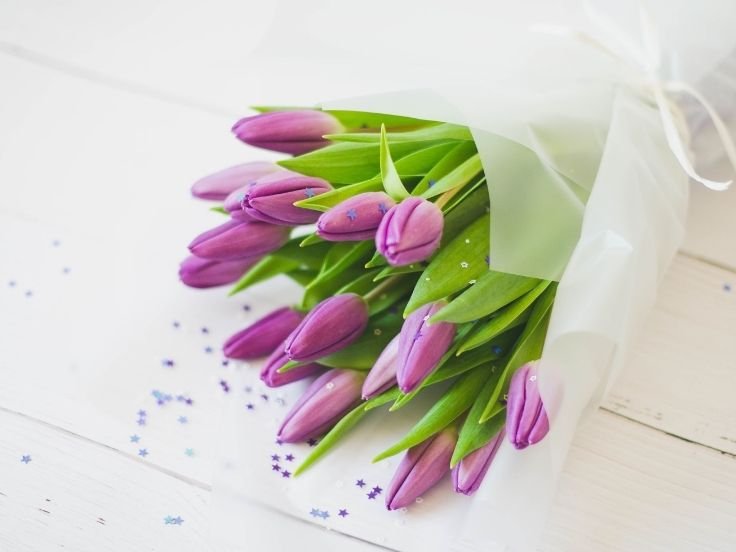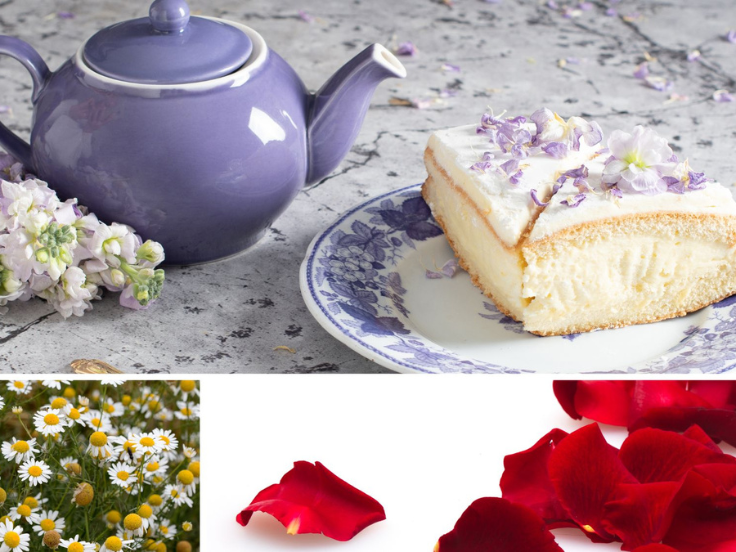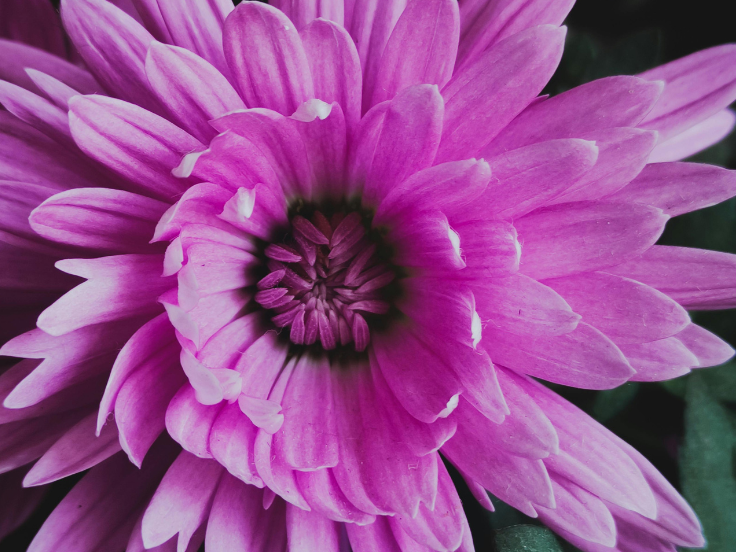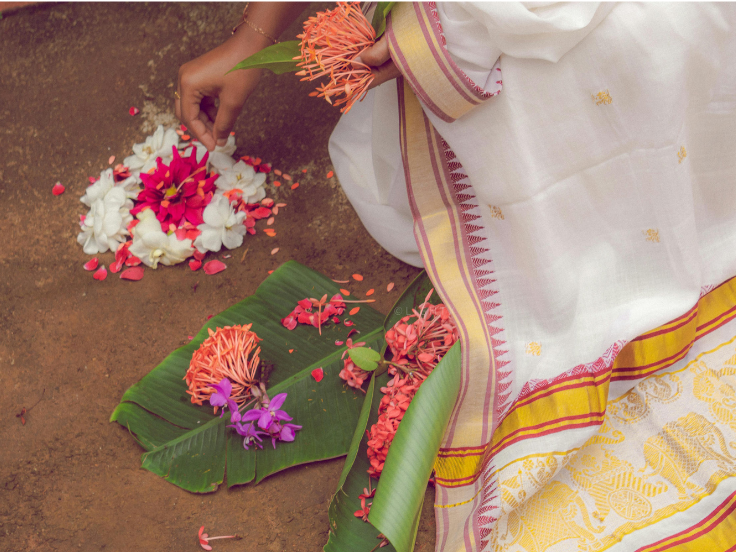
The Floral Essence of Onam: Culture, Colour, & Stories in Full Bloom
There’s something quietly magical about how flowers bring Onam alive. They do more than decorate — they tell stories Of returns, rituals and home.
In Kerala, Onam isn’t complete without the gentle fragrance of petals at the doorstep or the soothing rhythm of hands creating a Pookkalam. Flowers hold space in this season — not just for beauty, but for memory and meaning.
Why Flowers Are the Soul of Onam
At the heart of Onam lies the legend of King Mahabali — the beloved ruler whose yearly return is welcomed with colour and grace. The Pookkalam, a floral rangoli crafted over ten days, becomes a symbol of joy, love, and tradition.
Each day adds more than just flowers — it adds layers of intent. Gratitude. Hope. Togetherness. And while the rhythm of life may have changed, the rituals remain — now made simpler for modern homes.
Whether you’re in Kerala or celebrating far away, the flowers of Onam can still find their way to you.
Thumba (Leucas Aspera): The Humble Beginning
Tiny and almost featherlight, Thumba is often the first flower placed in a Pookkalam. Its white petals offer calm and clarity — grounding the design from the centre out.
Design Tip: Start with a ring of Thumba at the centre to create a soft, sacred foundation.
Marigold (Tagetes): The Festival Favourite
No Onam feels complete without marigolds. Their fiery orange and golden hues bring instant warmth and energy to any space.
Why We Love It: Easy to pluck and arrange — a kid-friendly favourite that adds bulk and brightness.
Mukkutti (Biophytum Sensitivum): The Flower of Folklore
You’ll find Mukkutti quietly blooming by footpaths and forest edges. Small but meaningful, it holds a place in local stories and sacred rituals.
Fun Fact: It’s believed to offer protection — often used to ward off negativity and illness.
Roses: Classic, Romantic, and Ever-Versatile
Roses bring softness and fragrance to any Onam decor. Whether you use the petals in a Pookkalam, float them in water bowls, or string them into garlands — they never disappoint.
Quick Hack: A splash of rose water keeps petals fresh and fills the room with a lovely scent.
Thetti Poo (Ixora): Bold Beauty with Staying Power
Thetti Poo adds bold red to the Onam colour palette. Hardy and vibrant, it holds up well even outdoors.
Design Idea: Use it to trace outlines or flame-like shapes. Pair with white or yellow for contrast that pops.
Jamanthi (Chrysanthemum): The Perfect Filler
Jamanthi flowers bring body and softness to your design. Available in warm tones like ivory, rust, and yellow, they’re perfect for completing any Pookkalam layout.
Pro Tip: Soak them in cool water for 10–15 minutes before use to keep them looking fresh.
Shankhupushpam (Butterfly Pea): Deep Hues, Deeper Meaning
This vibrant blue flower brings a regal touch to your floral art. More than just a pretty petal, it’s used in herbal teas and cultural drinks too.
Why It Stands Out: Few flowers offer this depth of colour — perfect for adding drama and dimension.
Tradition Without the Trouble
At Gulmahal, we believe traditions should be joyful — not stressful. Our Onam flower kits and garlands are curated with care, combining traditional picks like Thetti Poo and Mukkutti with timeless favourites like marigolds and roses.
So even if you can’t gather petals at sunrise, you can still welcome Onam with colour, fragrance, and love — delivered fresh, right to your doorstep.
Final Note: More Than Just Decoration
Onam flowers aren’t just a visual treat — they are rituals in bloom.
Each petal placed is a memory honoured, each colour a celebration.
This season, let your space bloom with intention — one flower, one smile, one story at a time.
When is the right time to put a Pookkalam for Onam?
Pookkalams, or floral rangolis, are traditionally started on Atham, the first day of Onam. Each day, more flowers and layers are added to the design. The Pookkalam gradually grows over the ten-day festival. It reaches its full, grand form on Thiruvonam, the main day of Onam.
When is Onam celebrated in 2025?
Onam is a vibrant festival celebrated in Kerala, marking the harvest season and honouring King Mahabali. In 2025, the Thiruvonam date falls between 28th August to 5th September.
How do people celebrate Onam in Kerala?
Onam is a vibrant harvest festival celebrated in Kerala. It marks the legendary return of King Mahabali. The festival lasts for ten days and brings families together in joy and tradition. People celebrate with floral carpets called Pookkalam, cultural performances, and rituals. The highlights include the Onasadya (a grand vegetarian feast) and Vallam Kali (traditional snake boat races).
Are Onam and Pongal the same festival?
No, Onam and Pongal are not the same. Both are harvest festivals celebrated in India, but they have different origins and customs. Onam is mainly celebrated in Kerala, while Pongal is a major festival in Tamil Nadu. Each has its own unique traditions, cultural significance, and way of celebration.


